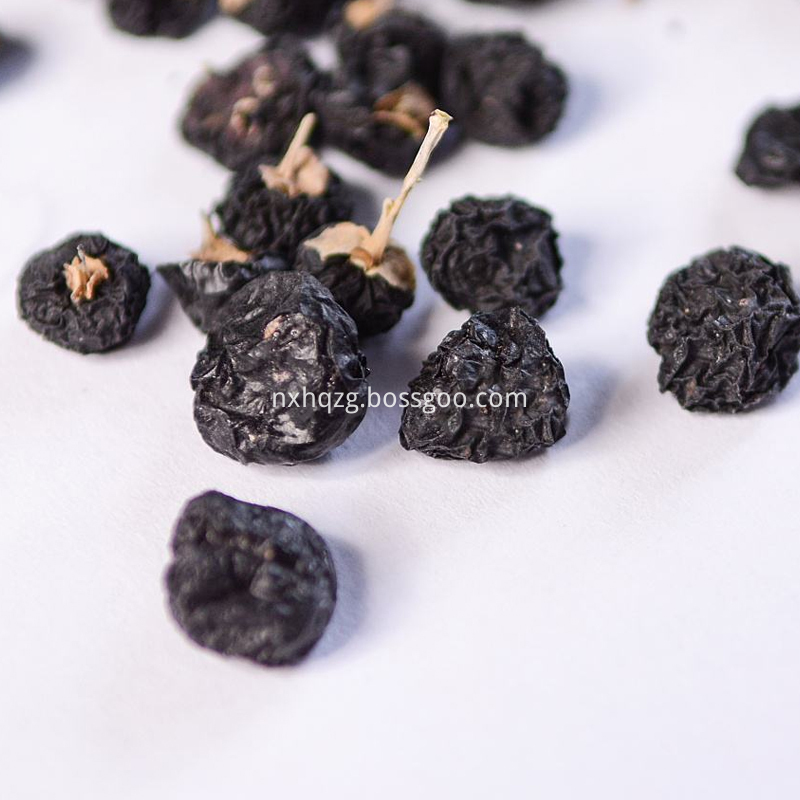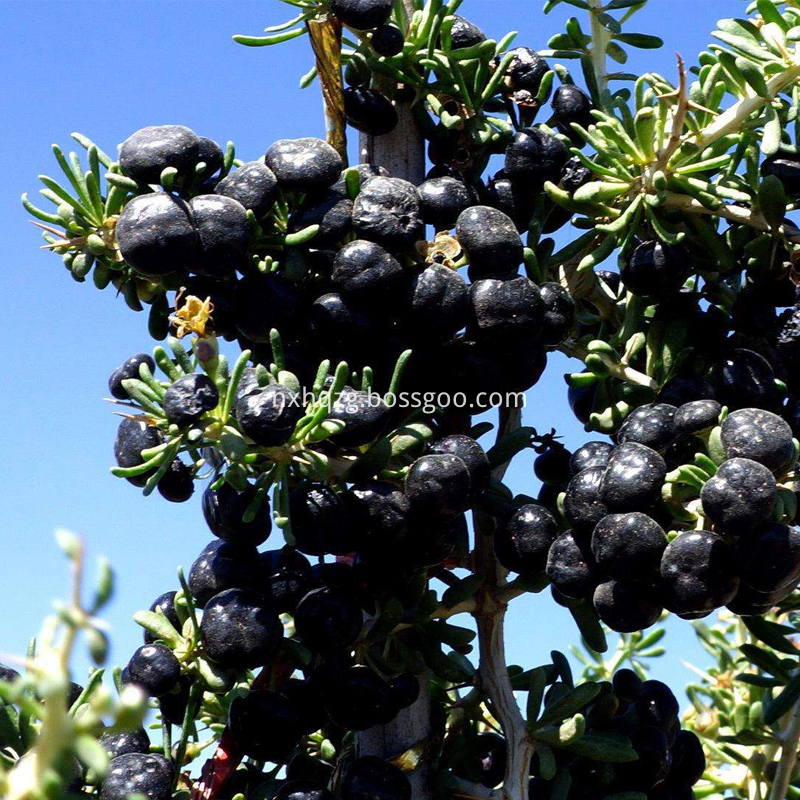The National 863 Plan Modern Agriculture Research aims to increase the efficiency of fertilizer use, promote the biotransformation of agricultural waste resources, and realize the versatility of biological fertilizers. It has established a new technology system for the development of controlled-release fertilizers and bio-fertilizers. Researched and constructed a technological platform for the development and industrialization of bio-organic compound fertilizers with independent intellectual property rights and Chinese characteristics, and developed more than 10 new technologies and new processes for bio-organic compound fertilizers, including efficient strain screening and assembly techniques, and straws. And livestock and poultry manure chemical-biological treatment technology, the use of straw and other waste production of controlled release fertilizers new technology, waste microorganisms and alfalfa degradation process, biological organic fertilizer continuous fermentation process. (1) The rapid decomposition strains of crop stalks were screened and bacterial groups were constructed. Four compost samples fermented vigorously were used as the source of strains, and rice straw was used as the decomposing matrix. Through a combination of microbial population optimization and six months of restricted orientation culture, a group of straw rapid degradation bacteria complex MC1 was obtained. “The establishment of a micro-organism rapid decomposition composite system of lignocellulose and its production of high-performance organic fertilizer complete sets of technology†was recognized as an international leading level in the expert appraisal hosted by the Beijing Municipal Committee of Science and Technology in 2004. (2) Rapid decomposing and deodorizing strains of livestock and poultry excrement were screened and bacterial groups were established. 15 strains of microorganisms isolated from the forest soil and from the animal's feces showed strong lignocellulose degradation and deodorizing ability of livestock and poultry excrement. The effects of decomposing deodorization of livestock and poultry manure in different combinations of filamentous fungi, yeast, Streptomyces, Bacillus mucilaginosus, and lactic acid bacteria were compared. (3) Screening of high-efficiency microbial strains for detoxification of heavy metals in sewage sludge. Through screening, two key strains of LX5 and TS6, which are heavy-metal detoxification strains, were isolated from sewage sludge and verified by small-scale tests. The removal rate of heavy metals in waste sludge can be as high as 95%, and nutrient losses are small. The detoxicated sludge contains a large amount of bacteria that can activate iron, organic matter, and high amounts of iron. Sludge treatment takes only about 5-7 days. (4) Three new functional genes, including phosphorus solubilization, pesticide degradation, and salt tolerance, were cloned. A highly soluble gene was cloned from Penicillium oxalicum P8. The functional gene betH related to salt (drought) was cloned from Bacillus oxaliplatii. The complete sequence was determined; cloned from triazophos-degrading strain mp-4. The tpd gene, which degrades triazophos, was identified as a new soluble gene by Blast. (5) Construction of multifunctional biological fertilizer engineering bacteria. Five strains of genetically engineered bacteria were constructed, one of which was an engineered strain that dissolved insoluble phosphorus and inhibited soil-borne diseases, and a strain of genetically engineered bacteria that was salt-tolerant, degraded phenylacetic acid and hydrolyzed methyl parathion, and carbofuran was degraded. A genetically stable multi-functional engineering strain of methyl parathion pesticides, an alfalfa rhizobia engineered strain with salt and nitrogen-fixing functions, and a synergistic alfalfa root nodule genetically engineered strain. Among them, one strain of engineering bacteria has been approved by the Biosafety Management Committee of the Ministry of Agriculture, and safety assessment is being carried out in accordance with the requirements of the Agricultural Genetic Safety Management Regulations. (6) Study on high density fermentation technology of rhizobia and phosphate-solubilizing bacteria. By studying the optimization of culture medium, aeration volume, inoculum size, and initial pH, four medium formulations were developed to increase the number of bacterial cells by 1.12-3.64 times; nitrogenase activity was increased by 1.014-1.069 times and phosphorus-removing capacity was 1.04 times. Research and construction of a new type of slow/controlled release fertilizer research and industrialization technology platform with independent intellectual property rights and Chinese characteristics, and development of more than 20 new technologies and new processes for the creation of new slow/controlled release fertilizers, including urease inhibitor nitrification inhibitors. Collaborative control of urea nitrogen release technology, slow-release (long-acting) compound fertilizer production technology, degradable controlled-release urea production technology for coated wall materials, controlled-release fertilizer combined production technology for coated and inhibitors, and variable-speed control nutrients Release technology, production technology of organic-inorganic composite coating materials, demagnetization technology of phosphate rock, new technology of controlled release of cement, controlled-release process of solid-liquid reaction film formation, continuous spraying film production process, nutrient material reaction film formation process, etc. . Researched and developed 24 types of all types of slow/controlled release fertilizers, including 4 types of coated, cemented, biologically and biostatically inhibited, and organic composite types, and 10 new fertilizer varieties were registered. Fertilizers and low-phosphorus phosphorus-free, high-phosphorus long-acting slow-release and controlled-release fertilizers have won national key new product certifications.
Black Wolfberry King generally refers to more than 0.8 cm of black wolfberry, wild black wolfberry such a large very rare, high anthocyanin content, rich nutritional value.
Black wolfberry, flat and sweet, sweet and sweet, into the liver and kidney two meridian, have nourishing liver and kidney, bright eye nourishing, anti aging, strong muscles, blood nourishing eyes, moistening lung to stop coughing. Can be used in the liver and kidney yin deficiency caused by dizziness, low back and knee soft, sperm, cough, visual acuity and other symptoms, especially suitable for the elderly to take, the effect of longevity. Shen Nong's herbal Scripture records: long serving black wolfberry can strengthen bones and muscles.
"Bier" and "Fu Fu" pointed out: Black wolfberry is good at nourishing essence. All generations of Chinese medical practitioners and regimen attach great importance to black wolfberry. "Compendium of Materia Medica" contains black wolfberry to cure 33 prescriptions for strengthening the body. Ge Hong, Tao Hongjing, Sun Simiao and other ancient medical circles are very fond of drinking black wolfberry wine. Our country also has the custom of making black wolfberry wine, and it is called "Laozi", which means remote aging. Black wolfberry, since ancient times has been used for the bright eye, "want to have a bright eye, often drink black wolfberry soup," so the people also called it "bright eye grass.
Black Goji Berry 0.8 Specifications Black Goji Berry 0.8 Specifications,Super Black Goji Berry 0.8 Specifications,Black Goji Berry 0.8 Specifications,Tribute Grade Black Wolfberry Ningxia Hongqiaozhigu Technology&Development Co.,Ltd , https://www.guofuhui-ec.com
